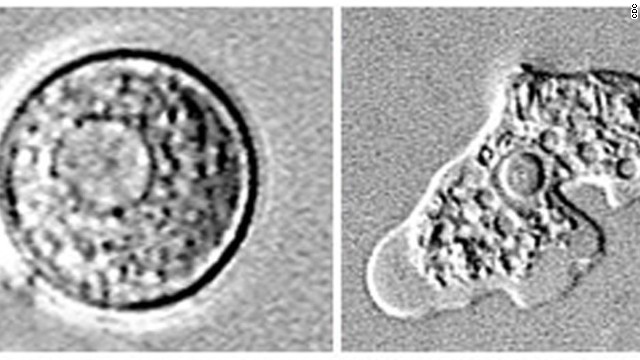
A two-and-half-month-old boy, Rahul caught fire for four times
Can humans spontaneously burst into flames? More people think Spontaneous human combustion is a real one, but most scientists aren’t convinced.
The mystery baby, a two-and-half-month-old boy, Rahul caught fire for four times, is expected to be unraveled when the test results are out on Monday and Spontaneous human combustion pictures are shown below
The body burns spontaneously due to combustible gases emitting from the patient’s body, without any external source,” Dr R Narayana Babu, head of the pediatrics department, Kilpauk Medical College, told. “Clothes and other things nearby that are inflammable may also catch fire.” Doctors treating the child believe that he may have spontaneous human combustion (SHC), a condition in which the excretion of gases causes the body to catch fire.
However, some experts rubbished the spontaneous human combustion theories, saying that it is not possible.
“SHC is a hoax theory. A baby catching fire spontaneously is not possible,” burns specialist at KMC Dr J Jagan Mohan told The Times of India. “Alcoholics have a very small percentage of alcohol secreted in their sweat but even that wouldn’t generate a fire.”
Only about 200 cases of spontaneous human combustion facts have been reported in the last three centuries, the latest in February this year when a 65-year-old man from Muldrow, Okla, was believed to have died of SHC. His body was found charred without any source of fire.
However, a dozen tests have been performed on Rahul, and his vital functions are working normally.
Though doctors say Rahul must still undergo a skin biopsy, Dr.Manny, told that, “I think that all this talk about spontaneous combustions is a bunch of smoke and mirrors. One thing I can tell you for sure is there is no scientific way a human being can suddenly burst into flames”.
There are medical conditions that can create areas of devascularization in the skin, which may mimic burned flesh. Actual flames protruding from the human body in a spontaneous way? No way, Jose.
According to Dr. Jayaraman, former head of the plastic surgery department at Government Kilpauk Medical College Hospital, health and lifestyle factors such as smoking and inadequate hydration could cause spontaneous human combustion and stated this condition called ketosis, which occurs due to alcoholism, or a low-carbohydrate diet could also create spontaneous combustion.
“About 25 percent of my diabetic patients experience ketosis, and there aren’t pregnant women blowing up on the streets of Manhattan”, by Dr. Manny. I know that there have been so-called isolated reports of people spontaneously combusting, but all of these cases have been mere anecdotes. Also these incidents occurred in people’s homes and no one has seen these or taken pictures of them.
“So until someone shows me a YouTube video or I see someone spontaneously combust with my own eyes, I would have to say this is all a hoax. In regards to this young boy, I hope he is taken care of in the hospital and that the authorities investigate whether or not this child suffered from any abuse in his home”, by Dr. Manny












